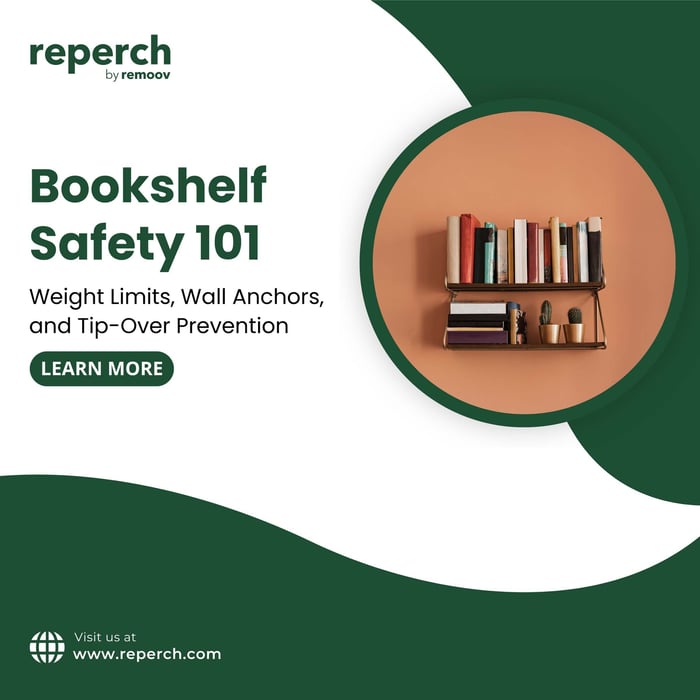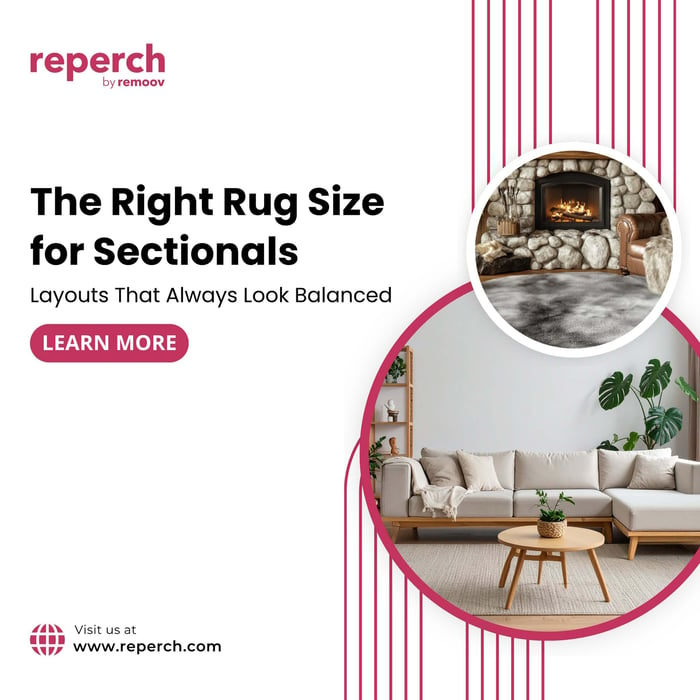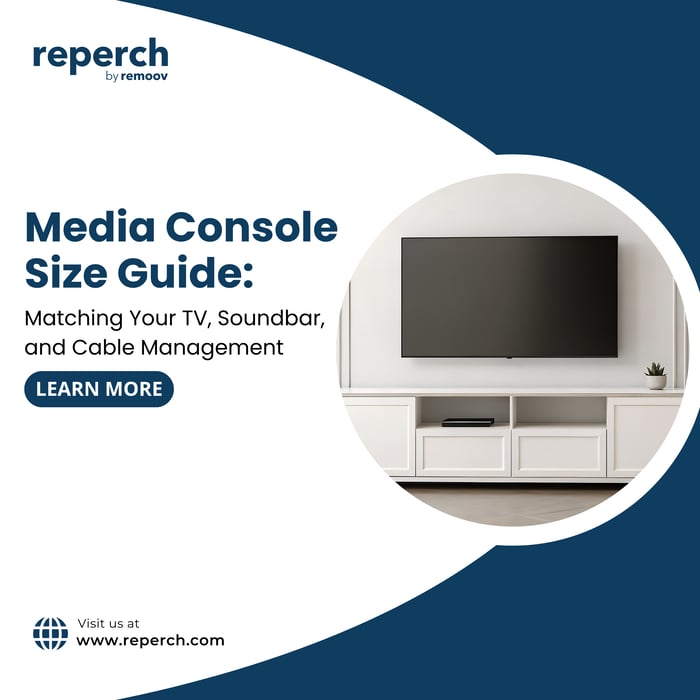Bookshelves, whether free-standing or built-in, are staples in homes, offices, and living areas. They store books, décor, storage baskets, and often décor items on top. But they can also pose a safety risk if not used or secured properly. Tip-over incidents involving bookcases and other tall furniture cause serious injuries, especially to children.
In this guide, you will learn about safe weight limits, how to properly anchor a bookshelf to the wall, and practical steps to prevent tip-overs. Whether you’re buying a secondhand bookshelf or outfitting your space from scratch, these safety measures will protect your furniture and your people.
Why Bookshelf Tip-Overs Are Dangerous
According to the U.S. Consumer Product Safety Commission and various safety sources, furniture tip-overs result in injuries and even fatalities every year.
Many tip-over prevention standards, such as ASTM F2057 (for dressers and similar storage furniture), require that units remain stable even when drawers are open or loaded.
A key part of these standards is that the anchoring (restraint) system must hold a pull force of 50 pounds (roughly the weight of a heavy child or load) on the strap or tether.
However, the standard does not guarantee that a drywall anchor (the wall side) will hold that same load. That is a weak point in many installations.
So, bookshelves must be anchored solidly, and the anchoring method must be reliable and chosen carefully.
Understanding Bookshelf Weight Limits
Why weight limits matter
Every bookshelf has a structural limit, how much weight it can safely carry on each shelf without sagging or collapsing. Overloading can damage the shelf, weaken joints, or shift the center of gravity to the front, making tipping more likely.
Typical safe loading guidelines
While there is no universal “safe limit” for all bookshelves, common guidelines suggest:
For standard solid wood or quality plywood shelves: 25‑50 lbs per shelf is a reasonable target, depending on shelf width, depth, and support.
For particle board or lower-quality shelves: much lower limits. These are more vulnerable to bending or breaking under heavy loads.
Distribute weight evenly: Place heavier objects toward the back, not the edge.
Avoid stacking heavy items on top of the bookshelf, especially if it is unanchored or tall.
If you're buying secondhand, inspect shelf thickness, joinery, support brackets, and back panel rigidity before deciding how much load it can handle.
Wall Anchors and Restraints: How to Secure Your Bookshelf
Bookshelf anchoring is the key to tip‑over prevention. A well-secured unit is far safer than one that stands free.
Types of anchoring systems
Furniture safety straps or anti-tip straps
These are among the most common anchoring methods. One end attaches to the bookshelf, the other to the wall. After installation, slack is removed so the bookshelf cannot move forward significantly.L-brackets or angle brackets
These metal brackets attach directly between the top or sides of the furniture and the wall. They are more visible but provide rigid support.Adjustable spacer fixings or specialized wall anchors
Some systems allow adjustments to account for gaps (such as baseboards) and offer stronger, less visible anchoring.Tether kits or tether straps
Similar to safety straps, but often sold as a complete kit with hardware, sometimes with adhesive backing or modular components.
Best anchoring practices
Anchor into a wall stud whenever possible. Drywall alone rarely provides reliable holding power under high load.
Use tall attachment points on the bookshelf rather than bottom corners. A higher strap placement creates a stronger resisting moment in a tipping event.
Remove slack in straps. A taut strap reduces wobble and sudden jerks.
Use multiple anchor points if the bookshelf is wide or tall.
Choose hardware rated for at least 50 lbs, because standards and safety guidelines often require that.
Test stability after installation. Attempt to gently pull or lean the bookshelf forward: it should remain firmly in place.
Step-By-Step: How to Anchor a Bookshelf Safely
Here is a practical installation procedure many DIYers follow:
Place the bookshelf in its final position, ideally close to the wall.
Locate studs behind the wall where the bookshelf will sit using a stud finder. Mark these.
Mark the anchor height on the bookshelf back, ideally near the top rear.
Attach the bracket or strap to the bookshelf using screws into solid wood, not just thin backing.
Mark the wall where the strap or bracket will connect.
Drill pilot holes into the wall, ideally into a stud; if into drywall, use heavy-duty anchors.
Fix the wall bracket or strap anchor securely.
Connect the bookshelf to the wall anchor, remove slack from any strap, and tighten.
Test stability by gently pushing the shelf forward.
Inspect occasionally to make sure the hardware remains tight and intact.
Each kit or anchor may come with its own instructions; always follow those carefully.
Tip-Over Prevention Guidelines & Best Practices
Beyond anchoring and moderate loads, here are additional rules to reduce tipping risk:
Store heavier items on lower shelves, not near the top.
Avoid placing large or heavy decorative items on top of the bookshelf.
Do not allow children to climb bookshelves or use them as ladders.
In earthquake-prone areas, consider seismic-rated anchors in addition to standard restraints.
Do not overload drawers or pull them all open at once.
Always check anchor tightness annually or after moving.
For older or secondhand bookcases, inspect structural joints, back panels, and fasteners before anchoring or loading.
Common Questions & Misconceptions
Can I use standard drywall screws to anchor?
No. Drywall screws are meant to anchor lightweight objects and lack shear strength. They may pull out under load. Use proper anchors or anchor into a stud.
What if the wall is concrete or masonry?
Use masonry anchors (expansion bolts or sleeve anchors) appropriate to the thickness and type of wall. Avoid relying on anchors meant for drywall.
Should I anchor every bookshelf?
As a rule, any bookshelf over 30 inches tall, or carrying substantial weight, should be anchored. The risk increases with height and load.
Is the strap anchor alone safe?
A strap is only as strong as its connection points. If the screw into the shelf is in weak particle board, or the wall anchor is weak, the system fails. Good installation matters most.
Why Reperch Cares About Bookshelf Safety
Reperch is committed not only to sustainable and stylish furnishings but also to responsible usage. Many of the bookshelves and furniture pieces we source are used or vintage, which means they might lack modern safety features or anchor kits. We encourage every buyer to inspect, consider anchoring, and retrofit safety measures where needed.
When you buy a bookshelf from Reperch, we include tips, instructions, and hardware suggestions to support safe installation. Our goal is that your home feels beautiful and secure.
Conclusion
Bookshelf safety comes down to three pillars: respecting weight limits, anchoring properly, and arranging your load thoughtfully. You can enjoy the charm of a tall bookcase or storage unit without risking tip-over accidents. If you anchor it into a solid wall stud, use high-quality hardware, avoid overloading, and maintain vigilance.
Bookshelves are meant to display, store, and support your life, not endanger it. Use this guide as your blueprint to safe installation, whether you're equipping a new purchase or retrofitting a secondhand unit from Reperch.








